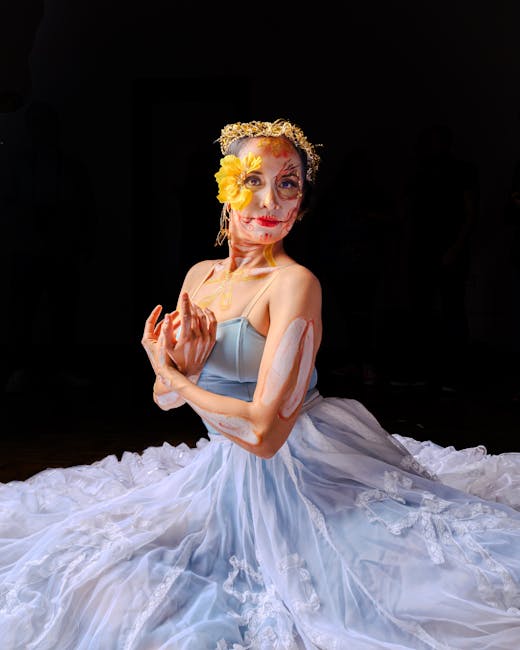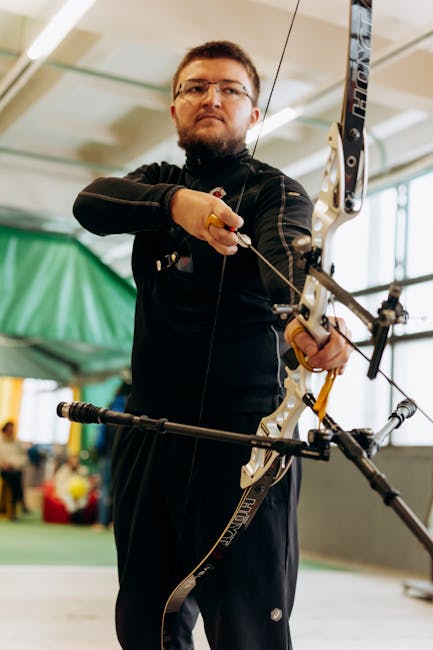The Art of Thai Boxing: Where Discipline Meets Dazzling Spectacle

The Art of Thai Boxing: Where Discipline Meets Dazzling Spectacle
Hey there! Ever been captivated by something so intense, so raw, and yet, so beautifully controlled? That's how I feel about Muay Thai, the "Art of Eight Limbs." It's more than just a sport; it's a journey into the heart of Thai culture, a testament to discipline, and a spectacle that leaves you breathless. Let's dive into the incredible world of Thai Boxing and explore what makes it so unique.
The Roots of Muay Thai: A Glimpse into History

Imagine a time long ago, where survival often depended on hand-to-hand combat. That's where Muay Thai began. Its roots are intertwined with the military history of Thailand, evolving from ancient fighting techniques used for self-defense and battlefield prowess. Back then, it wasn't about flashy moves or entertainment; it was about surviving. Warriors honed their skills using their entire body as a weapon – fists, elbows, knees, and shins – a practical and devastating fighting style.
Over centuries, Muay Thai evolved, becoming less about warfare and more about sport and cultural expression. Kings embraced it, and tournaments were held, marking the beginning of its transformation into the spectacle we know today. Rules were gradually introduced to enhance safety and fairness, paving the way for the modern form of Muay Thai we see in stadiums and gyms worldwide.
For me, understanding this history gives Muay Thai so much more depth. It's not just about punching and kicking; it's about honoring a legacy, respecting tradition, and carrying on a powerful heritage.
The Eight Limbs: Understanding the Arsenal

So, what exactly makes Muay Thai the "Art of Eight Limbs"? Well, it's all about utilizing eight points of contact on the body as weapons. Unlike boxing, which primarily uses fists, or kickboxing, which focuses on fists and feet, Muay Thai incorporates:
- Fists: Punches, jabs, hooks, and uppercuts, delivered with power and precision.
- Elbows: Close-range strikes that can inflict serious damage. Elbows are often used in clinches and can be devastating.
- Knees: Powerful knee strikes used at various ranges, targeting the body, legs, and head. The "flying knee" is a particularly spectacular technique.
- Shins: Used for powerful low kicks and defensive blocks. The shins are conditioned to withstand impact, making them formidable weapons.
The integration of all eight limbs allows for a dynamic and versatile fighting style. It's a beautiful blend of power, technique, and strategy. When you see a fighter seamlessly transition from punches to kicks to knees, you're witnessing the artistry of Muay Thai in action.
Discipline: The Foundation of a Muay Thai Fighter

Now, let's talk about the real heart of Muay Thai: discipline. It's not just about learning the techniques; it's about cultivating a mindset, a way of life. The training is incredibly rigorous, demanding dedication, perseverance, and mental fortitude.
From my experience, a typical Muay Thai training regimen involves:
- Intense Physical Conditioning: Running, skipping rope, bodyweight exercises, and strength training to build endurance, power, and agility.
- Technical Training: Practicing punches, kicks, elbows, knees, and clinching techniques with a trainer or partner.
- Sparring: Controlled combat with a training partner to apply learned techniques and develop timing and reflexes.
- Pad Work: Hitting focus mitts held by a trainer to improve striking accuracy, power, and combinations.
- Heavy Bag Work: Practicing techniques and building power on a heavy bag.
But it's not just the physical aspect. Muay Thai also instills mental discipline:
- Respect: For trainers, opponents, and the traditions of the sport.
- Humility: Recognizing that there's always more to learn and improve.
- Patience: Understanding that progress takes time and consistent effort.
- Focus: Maintaining concentration and composure under pressure.
The discipline required in Muay Thai extends beyond the gym. It seeps into every aspect of a fighter's life, influencing their diet, sleep habits, and overall lifestyle. It's about commitment, sacrifice, and pushing yourself beyond your perceived limits. That's why I admire Muay Thai fighters so much – they embody the true spirit of discipline.
The Wai Kru Ram Muay: A Dance of Respect and Tradition

Before a Muay Thai fight even begins, there's a powerful display of respect and tradition: the Wai Kru Ram Muay. It's a ritualistic dance performed by each fighter before the bout, and it's so much more than just a warm-up.
The Wai Kru is a gesture of respect to the fighter's teachers (Kru) and ancestors. It's a way of paying homage to the lineage of Muay Thai and acknowledging the knowledge and guidance passed down through generations. The Ram Muay, which follows the Wai Kru, is a more individualized dance that showcases the fighter's style, strength, and personality. It's a chance for them to connect with the audience and demonstrate their devotion to the art.
Each fighter's Wai Kru Ram Muay is unique, often incorporating personal touches and reflecting their individual training and beliefs. The music that accompanies the dance, known as Sarama, adds to the atmosphere, creating a mesmerizing and deeply spiritual experience. It's a captivating reminder that Muay Thai is not just a sport; it's a cultural treasure.
The Clinch: A Test of Strength and Technique

One of the defining features of Muay Thai is the clinch, a close-quarters grappling technique where fighters wrap their arms around each other's necks and bodies. It's a battle of strength, technique, and strategy, and it's where many Muay Thai fights are won or lost.
In the clinch, fighters attempt to control their opponent's posture, disrupt their balance, and land strikes, particularly knees and elbows. It's a physically demanding and mentally challenging aspect of the sport, requiring immense core strength, stamina, and grappling skills.
Mastering the clinch is essential for any serious Muay Thai fighter. It allows them to dictate the pace of the fight, control their opponent's movements, and create opportunities for devastating strikes. It's a beautiful example of how Muay Thai combines striking and grappling into a seamless and effective fighting style.
Scoring and Strategy: The Science Behind the Spectacle

While Muay Thai is known for its raw power and explosive techniques, there's also a strategic element to the sport. Understanding the scoring system and developing a game plan are crucial for success.
In general, Muay Thai fights are scored based on the following criteria:
- Effective Striking: Landing clean, powerful strikes with fists, elbows, knees, and shins.
- Dominance in the Clinch: Controlling the clinch, landing effective knees and elbows, and disrupting the opponent's balance.
- Aggression: Showing forward movement and initiating attacks.
- Ring Generalship: Controlling the pace and location of the fight.
- Defense: Effectively blocking, evading, and countering attacks.
Fighters develop strategies based on their strengths and weaknesses, as well as their opponent's. Some fighters prefer to stay at a distance and use their kicks and punches, while others prefer to close the distance and work in the clinch. Understanding these strategies adds another layer of appreciation to the sport.
Muay Thai Today: A Global Phenomenon

What started as a battlefield art in Thailand has now exploded into a global phenomenon. Muay Thai gyms and training centers can be found in virtually every corner of the world, attracting people from all walks of life. Its appeal lies in its effectiveness as a martial art, its challenging training regimen, and its rich cultural heritage.
The rise of Muay Thai has also led to the emergence of professional fighters who compete on a global stage. Promotions like ONE Championship and GLORY Kickboxing feature some of the world's best Muay Thai fighters, showcasing the sport to millions of viewers worldwide.
For me, seeing Muay Thai's global reach is inspiring. It's a testament to the power of tradition, discipline, and the human spirit. It proves that a fighting art rooted in ancient history can continue to thrive and captivate audiences in the modern world.
More Than Just a Fight: The Beauty of Muay Thai

Ultimately, Muay Thai is more than just a fight. It's a celebration of athleticism, discipline, and cultural heritage. It's a sport that demands respect, humility, and unwavering dedication. It's a spectacle that combines raw power with elegant technique, leaving you breathless and inspired.
Whether you're a seasoned martial artist, a curious spectator, or someone simply looking for a new challenge, I encourage you to explore the world of Muay Thai. You might just discover a new passion, a deeper understanding of yourself, and a profound appreciation for the art of eight limbs. Trust me, it's an experience you won't soon forget. The discipline, the spectacle, the tradition - it all blends together to create something truly special.
Post a Comment